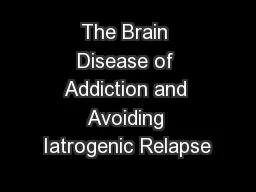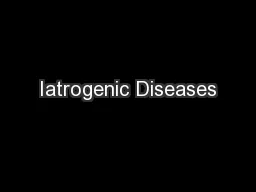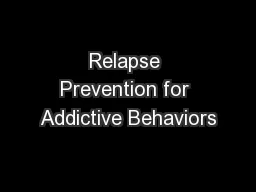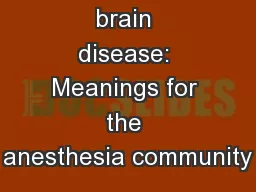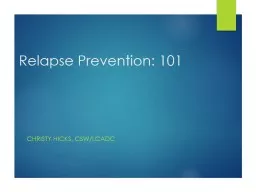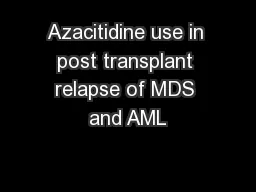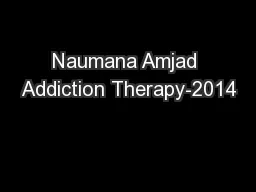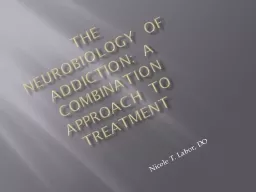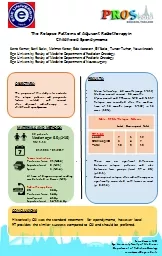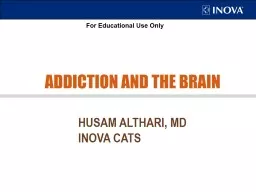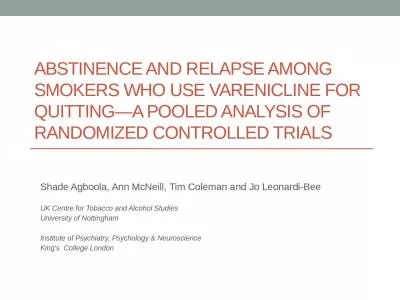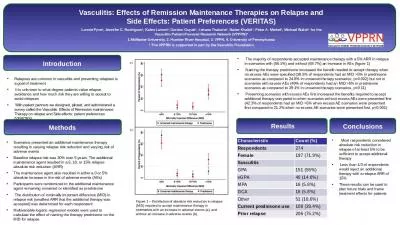PPT-The Brain Disease of Addiction and Avoiding Iatrogenic Relapse
Author : mitsue-stanley | Published Date : 2018-09-29
Jim Ryser MA LMHC LCAC CADAC II ICDAC Program Manager Pain Services IU Health Methodist 3179620651 Disease Behavior and Stigma STDs Obesity Tobacco assisted CV
Presentation Embed Code
Download Presentation
Download Presentation The PPT/PDF document "The Brain Disease of Addiction and Avoid..." is the property of its rightful owner. Permission is granted to download and print the materials on this website for personal, non-commercial use only, and to display it on your personal computer provided you do not modify the materials and that you retain all copyright notices contained in the materials. By downloading content from our website, you accept the terms of this agreement.
The Brain Disease of Addiction and Avoiding Iatrogenic Relapse: Transcript
Download Rules Of Document
"The Brain Disease of Addiction and Avoiding Iatrogenic Relapse"The content belongs to its owner. You may download and print it for personal use, without modification, and keep all copyright notices. By downloading, you agree to these terms.
Related Documents

